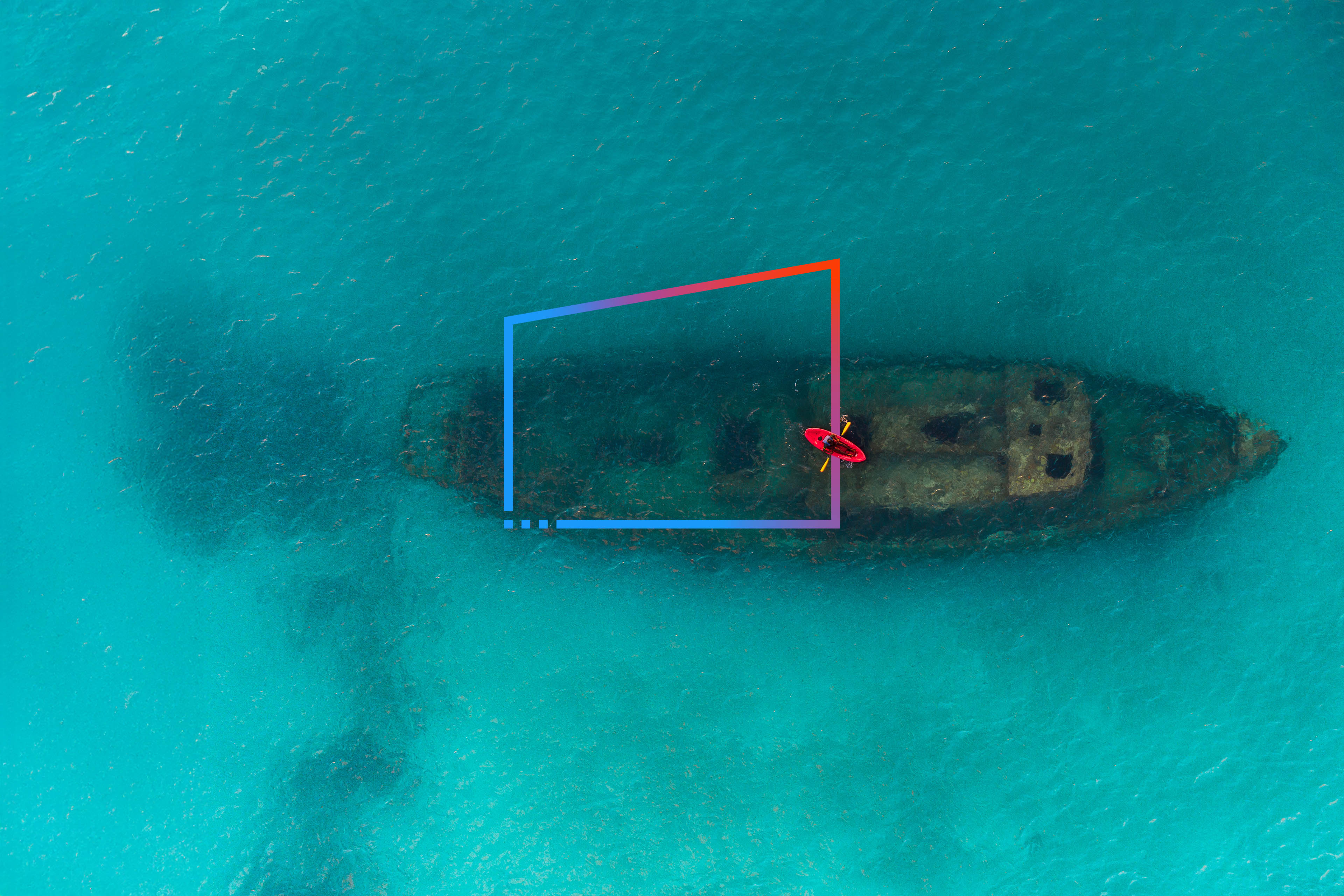EY refers to the global organization, and may refer to one or more, of the member firms of Ernst & Young Global Limited, each of which is a separate legal entity. Ernst & Young Global Limited, a UK company limited by guarantee, does not provide services to clients.

Companies can reskill and upskill their current people via continuous learning, allowing them to personalize their careers like a playlist.
In brief
- According to recent economic research, approximately 40% of workers will require reskilling over the coming years.
- C-suite executives, including CHROs, need to reimagine their workforce development programs for continuous learning and upskilling.
- Innovative learning programs, curated learning experiences and a culture that nurtures curiosity, will help employees prepare for what’s next.
Rapid change, pervasive disruption and an accelerated evolution in technology are challenging organizations to actively and immediately transform their strategies, business models, operations, technology, people and culture. Yet, transformation is not a singular proposition in today’s environment — if it ever was. For organizations to truly reimagine their working worlds and reshape their futures, transformation programs need to live, breathe and continuously evolve. This is particularly true of an organization’s workforce.
According to research (pdf) from the World Economic Forum, by 2025, automation may displace 85 million jobs through a shift in the division of labor between humans and machines.1 The World Economic Forum has labelled this upcoming period as the “Reskilling Revolution.” Within the same timeframe, 97 million new roles may emerge to address the shift.2
As roles change, so too do the skills needed to perform them. Facing a growing skills gap, organizations anticipate that approximately 40% of workers will require reskilling in the next six months or less.3 Moreover, 94% of organizations say that they expect employees to learn these new skills on the job — a 29 percentage point increase from just two years ago.With the pace of advancements in technology accelerating, organizations today have skills shortages in areas they didn’t even know they needed five years ago.4
Looking further ahead, without any means to accurately predict the specific skills they’ll need, organizations will continue to experience skills gaps.
Realizing that it’s too expensive to keep hiring for each new skill needed, organizations and their chief human resource officers (CHROs) need to reimagine their workforce development programs to retain people with the right technical and behavioral skills required to equip their businesses for the future. They must also nurture new skills development for employees who don’t currently possess needed and anticipated skills. They must do this in ways that support learning flexibility and optimize outcomes. Any effort in this direction should answer the question: How can we keep our people continuously ready for what’s next?
Four ways to prepare your organization — and your people — to close the future skills gap
Broadly, science, technology, engineering and math (STEM) skills, as well as the critical thinking and business acumen skills that come from general arts programs, will continue to be in demand. However, CHROs will need to assess the skills their people have and shape them for the specific requirements they’ll need.
Here are four ways CHROs can close the skills gap.
1. Start with the fundamentals: identify the skills gaps
CHROs need first to understand the skills their people have today. Organizations that have invested in HR platforms that enable them to understand the skills dimension of their workforce are already way ahead. It’s not good enough to know how many people the organization has. CHROs also need to know what their composition of skills are. If they lack the technology to gain sufficient visibility into the skills complement of their people, it will be harder for them to understand the tools they have in their shed.
Once CHROs have a comprehensive understanding of the skills their workforce have, they’ll need to define the skills they think the organization may need three-to-five years from now (knowing that the definition will need to be constantly refined as technology — and the business — evolves). With current state known and future state defined, CHROs can clearly identify the gaps.
2. Develop innovative learning programs to reskill your people
At this point, CHROs will need to take a step back and think about workforce planning from a skills-of-the-future perspective rather than through more traditional workforce planning lens.
A few years ago, when it realized that nearly 50% of its workforce lacked the skills they it needed to sustain a competitive advantage, telecommunications giant AT&T sought to retrain their workforce for the future rather than trying to hire people with current skill sets.5 To do this, AT&T partnered with leading universities and online educational organizations to help train their people for roles they knew they’d need down the road.
Another example can be seen in the EY organization’s Tech MBA program. Offered in association with Hult International Business School, the program consists of a fully accredited corporate MBA that is available to all 300,000-plus EY employees, regardless of role or position.
3. Create and curate learning experiences that optimize both cost and outcomes
In addition to formal, structured learning options with post-secondary institutions, CHROs will want to partner with virtual learning organizations that offer extensive curriculum catalogs with bite-size learning modules and curated playlists of appropriate learning topics that employees can do at their own pace. The curation of content is particularly important in providing employees with an optimal learning experience that meets both organizational and individual learning needs.
Partnerships with virtual learning organizations have the dual benefit of providing employees with access to world-class education that enables them to develop personally and professionally, and being a significantly more cost-effective option for the organization than hiring and training new employees.
Furthermore, organizations may also choose to supplement external online learning with internal content that may serve to drive the organization’s competitive advantage.
4. Nurture a culture of curiosity
The continuous learning opportunities businesses offer are ultimately only effective if employees want to learn. Organizations of the future need a workforce that is adaptive. One of the best ways to support their ability to adapt to any circumstance is to nurture their curiosity. Business managers & CHROs would do well to equate nurturing curiosity with nurturing continuous learning. Businesses will want to hire, retain and promote employees who demonstrate a constant curiosity and thirst for learning, to the point where they make time for it outside of their normal work hours.
It’s important to note that there is a difference between a culture of continuous improvement and nurturing a culture of curiosity. The first is mainly about efficiency and quality. The other is about growth, competitive advantage and long-term value creation. Both are required to support a transformational agenda for businesses into the future.
Curiosity and continuous learning will help to create an adaptive workforce that’s ready for what’s next
For years, organizations expected to hire employees ready-made to fulfil an advertised role based on their education and experience. But this is no longer feasible given accelerated pace of global, environmental and technological change and the disruption it is creating. Organizations can no longer rely upon hiring — nor should educational institutions of any level be expected to produce — graduates with all the right skills for a future of perpetual uncertainty.
The skills gap between an undergraduate or graduate degree and what is needed for the job market has significantly widened. The good news is that organizations are beginning to fill it themselves. This approach is in fact, ideal. Only organizations themselves can know what skills are needed now and what skills they will require five years from now. Organizations are also best positioned to make the learning, training and upskilling investments necessary to develop the leaders of tomorrow.
Summary
How can you keep your people continuously ready for what’s next? Feed their curiosity and give them opportunities to personalize their learning and career development experiences like a playlist.
How EY can Help



